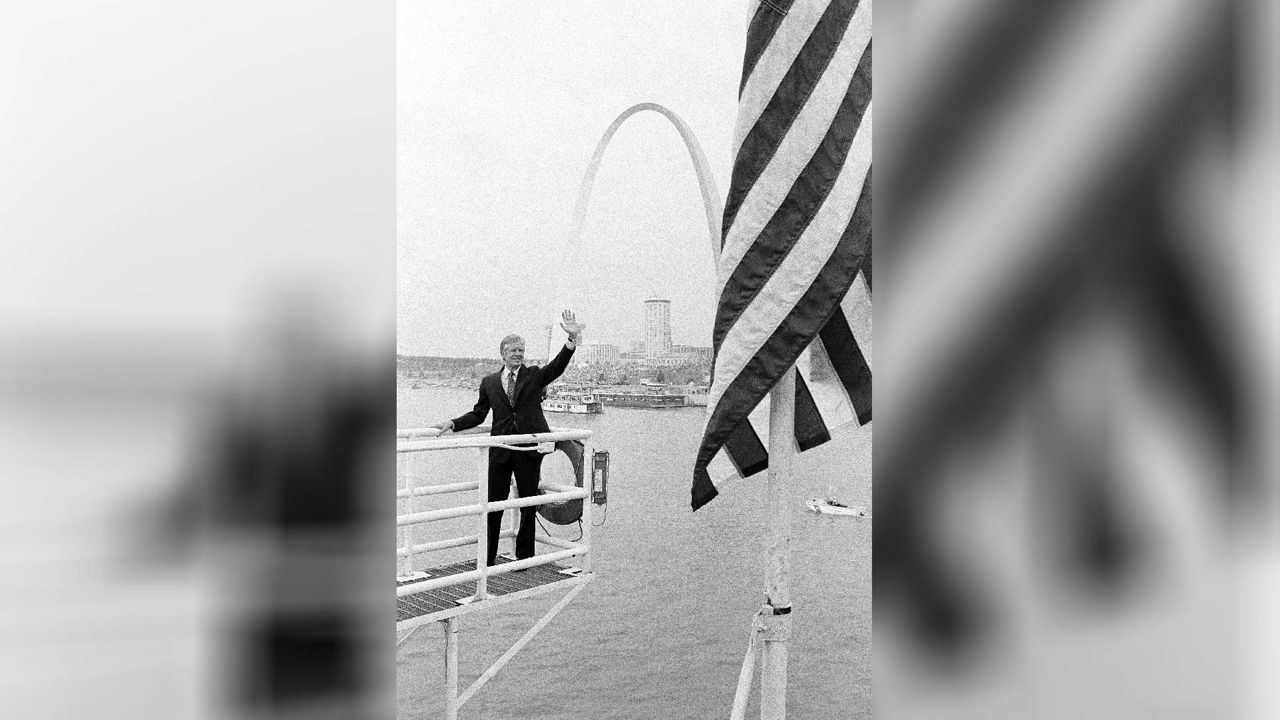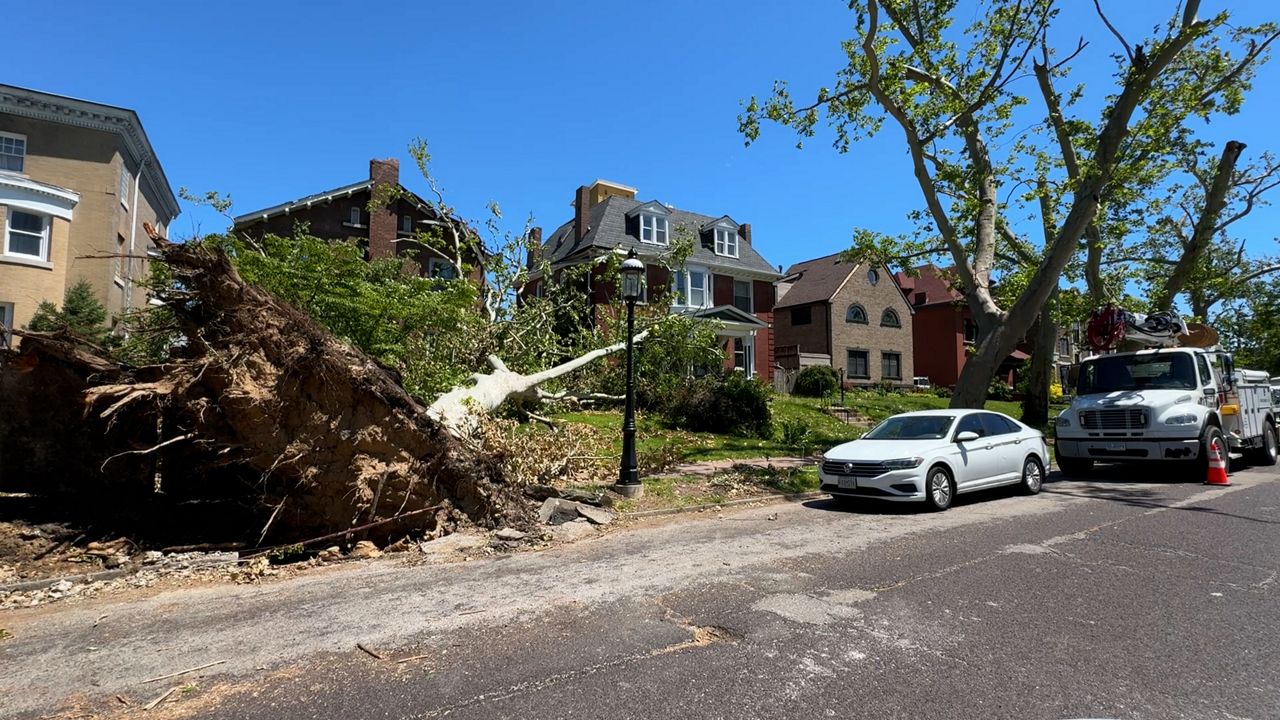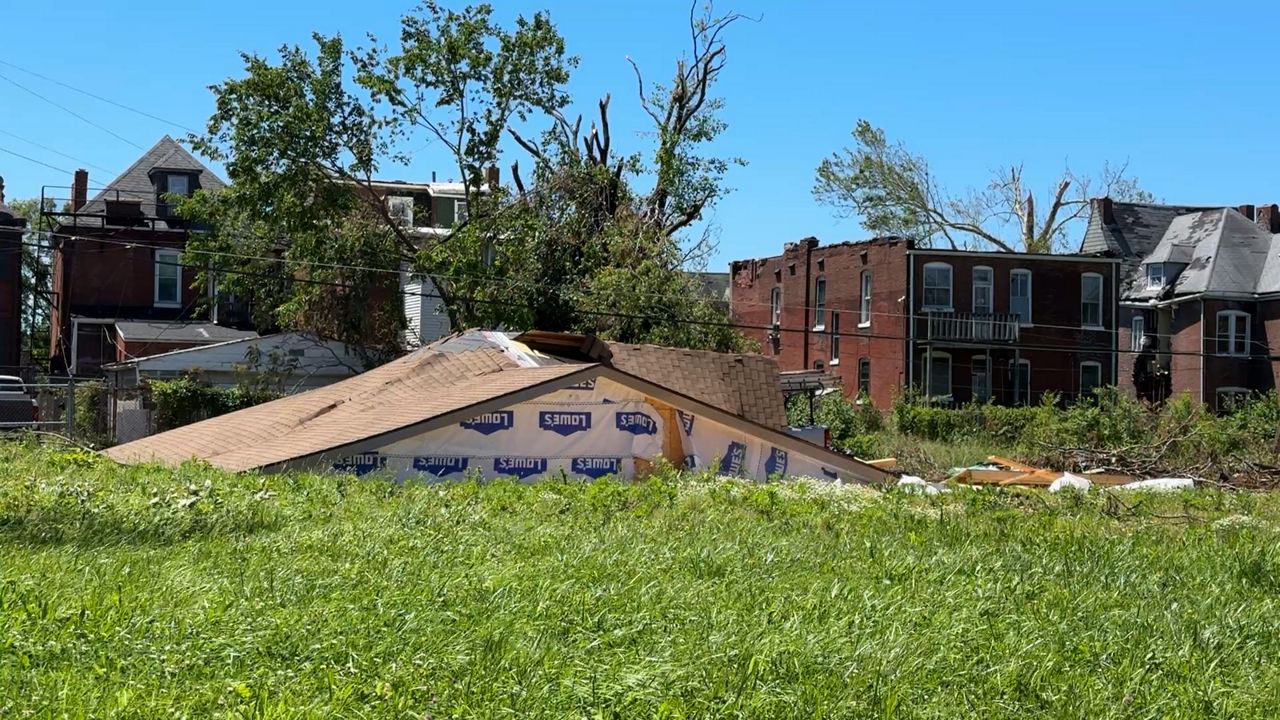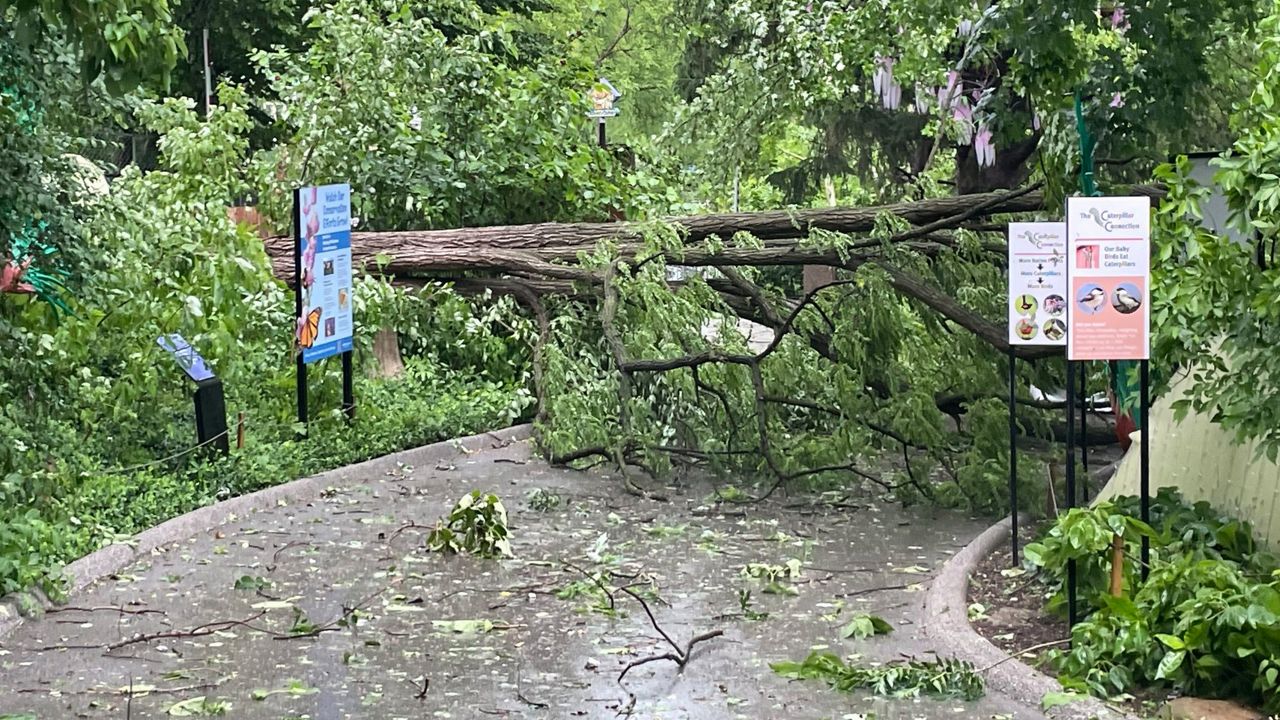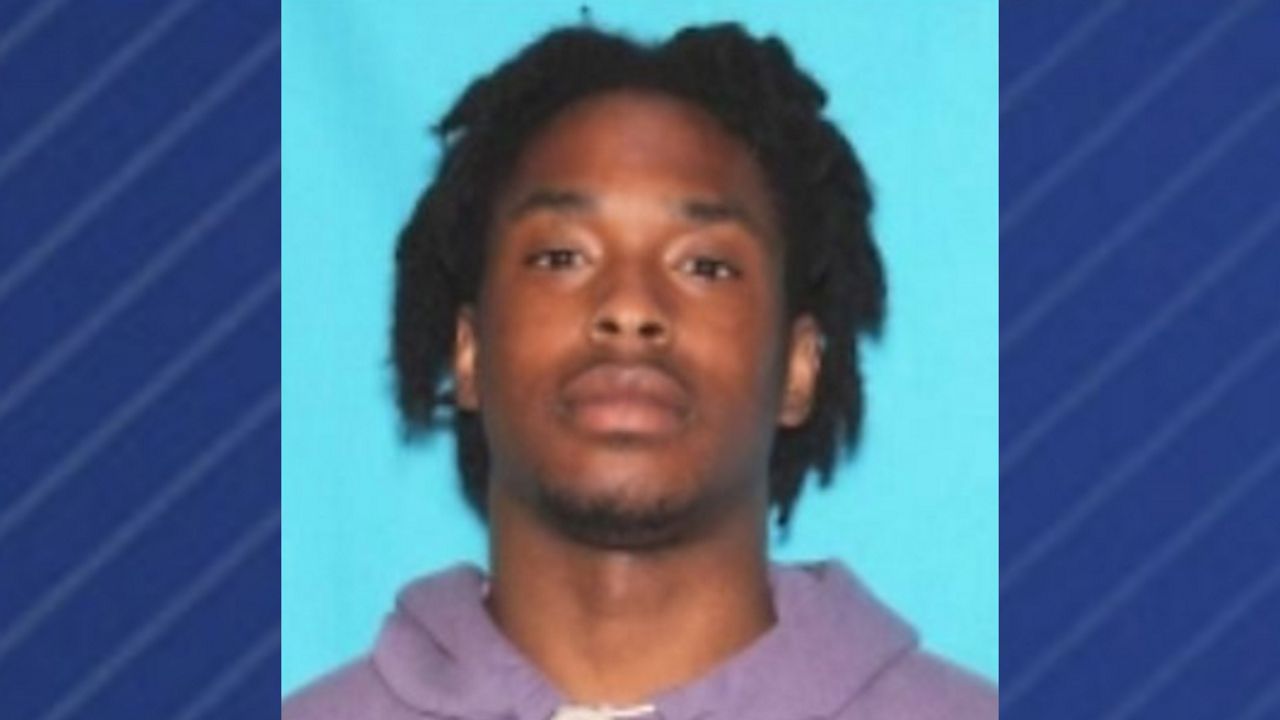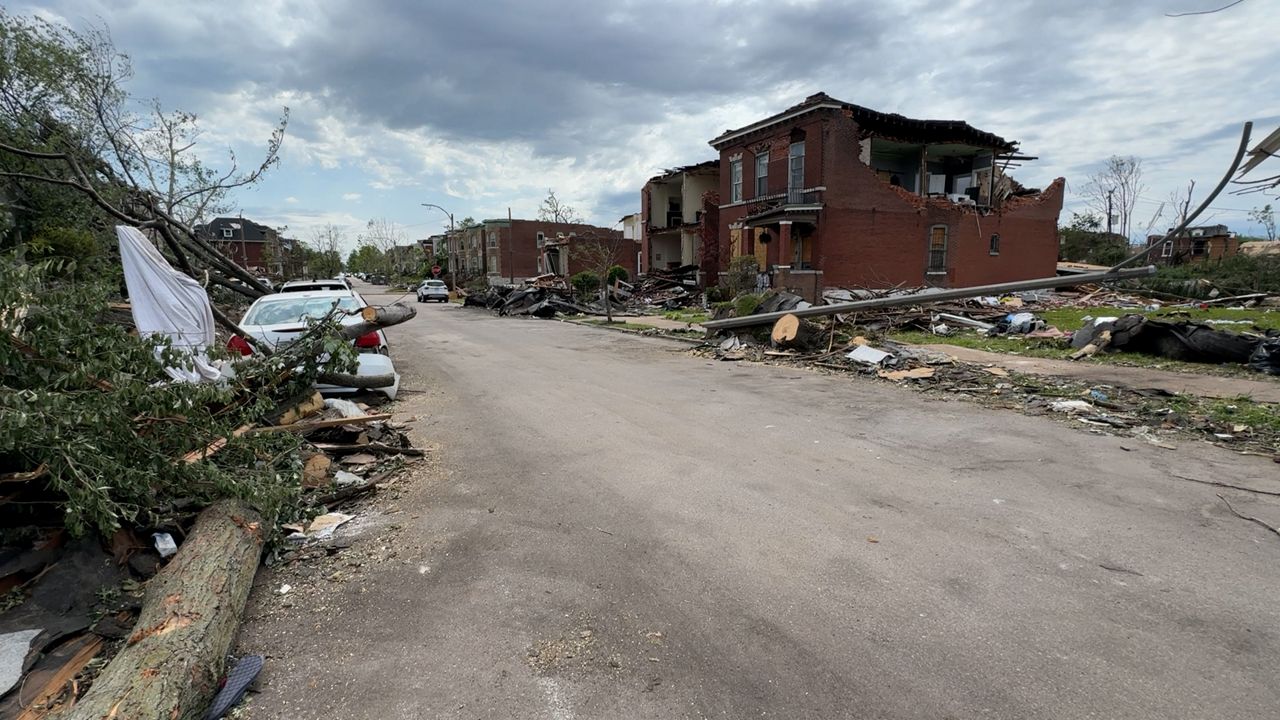ST. LOUIS–Jimmy Carter, the 39th President of the United States, died Sunday at the age of 100, nearly 2 years after it was announced he was entering home hospice care rather than continue medical treatments following a series of hospitalizations.
Carter made nearly a dozen trips to the St. Louis region, first as a candidate for President, then while in office, and later in his post-presidency phase.
In 1976, Carter won the Missouri Caucuses and made a pair of stops in the region in September and October before defeating President Gerald Ford in November.
As President, Carter addressed a National League of Cities audience here in 1978 talking about the impact of inflation. In August 1979, he took a cruise on the Delta Queen down the Mississippi River, ending in St. Louis at the Gateway Arch, where he also announced Bill Bund, of Alton, Ill. as the 10 millionth visitor to the monument.
His appearances locally also included stops at Northwest Plaza in St. Ann, the Chase Park Plaza Hotel and the University of Missouri-St. Louis.
Like Chief Executives before and after him, Carter had occasion to meet Stan Musial, and also hosted Lou Brock at The White House to celebrate Brock’s 3,000th hit and becoming baseball’s all-time stolen base leader at the time.
The 1980 campaign would bring Carter back to the region three times, including an appearance in East St. Louis the day before the election, when he was defeated in a landslide by Ronald Reagan.
In his post-presidency, Carter visited St. Louis twice in 1991, first in February to address Washington University students,when he talked about the work his family had done with Habitat for Humanity to “break down that chasm” between haves and have-nots, and also reflected on the goals of Presidents.
“I have been, as you know, one of the presidents of our country. And presidents are different, just like you are different. All of us, though, had a common goal when we went into the Oval Office, no matter how our philosophies might have been in conflict. That is to make our nation greater. To enhance the greatness of our country. But it’s the same motivation that I presume you have. “How can I take this one life that God has given me on earth and make it a great life? One of which I can be proud. One that is fruitful,” he said.
“When I was in the White House, I didn’t sacrifice the well-being of my own country to help others. But a nation can have a commitment to justice. To justice. To make sure that people are treated with care and concern of a compensatory nature.”
Carter returned in July of 1991 as the keynote speaker of the launch announcement for the Donald Danforth Plant Science Center.
Book signings brought the former President back to St. Louis twice, in 2001 and 2009 at Left Bank Books.
Five men with St. Louis area ties to the Carter Presidency
William Webster
In 1978, Carter nominated Webster, a St. Louis native who grew up in Webster Groves, to serve as FBI Director. Webster had been a federal appeals court judge.
“I'm very proud that Judge Webster has been willing to assume this responsibility,” Carter said Feb. 23, 1978 as Webster was sworn in, but not without some humor.
“This has been done on the basis of nonpartisanship, or bipartisanship. I think it's fair to say that Judge Webster is a human being. He's a Republican, which proves his fallibility. So he should feel completely at home with the rest of us. We serve in an often fallible way here in Washington.”
Webster would later become CIA director during the Reagan administration. He turns 99 in March.
Donald McHenry
On the day McHenry was sworn in, Carter described him as “a man who will take this position, I believe, with the highest degree of personal knowledge of the inner workings and the hidden mechanisms and the ultimate purposes and the challenges and the solutions of the United Nations than anyone who's ever served there.”
“I do not expect that in our time, the immediate time, that we will be able to magically come up with solutions to all of the problems which face us. Indeed, we will be lucky if we can come up with the solution to a very few,” McHenry said during the ceremony. “But I believe in the importance of diplomacy. I believe in the importance of trying very hard, with imagination and hard work, to resolve problems, to bring people to devote their best efforts to the resolution of those problems.”
Less than two months later, 52 Americans were taken hostage in Iran, an event that crippled the Carter presidency. McHenry was among the diplomats who worked at trying to secure their release through the remainder of the Carter administration.
McHenry received the Order of Lincoln from the state of Illinois in 2021.
Rocky Sickmann
Sickmann, a Franklin County native, was a Marine serving at the U.S. embassy in Iran and was among the hostages held for 444 days and released just minutes after Carter’s term ended at noon on Jan. 20, 1981. Sickmann could not be reached for comment but in the years since has talked about how the Iranians held the hostages through the end of Carter’s presidency as a way to humiliate the U.S. government.
Monsignor Sal Polizzi
By the time Carter had taken office, Polizzi, then the pastor at St. Ambrose Church in The Hill neighborhood was already on the national radar. The Nixon and Ford administrations had taken note of Polizzi’s efforts to preserve the Italian enclave amid development and highway expansion. A 2020 documentary claimed that Polizzi was offered a position in the Carter administration but refused.
Polizzi, who moved on to St. Roch Church in St. Louis, died in April of 2023.
Joel Goldstein
The St. Louis University law professor Emeritus didn’t serve in the Carter years, but his scholarship focused on a key aspect of it. Goldstein wrote a pair of books on the role of the Vice President in American government, becoming a recognized expert on the topic. He credits Carter and his Vice President Walter Mondale for transforming the role into how we see it today.
“He and Walter Mondale agreed to a new vice-presidential vision which saw the vice president as an across the board adviser and trouble-shooter who took on highly important presidential assignments. And he gave Mondale the resources he needed to help Carter,” Goldstein told Spectrum News recently. “The vice-presidential model Carter and Mondale created was imitated by most administrations during the last half-century of both parties, because they saw it was workable and helped government better deliver on administration priorities."





